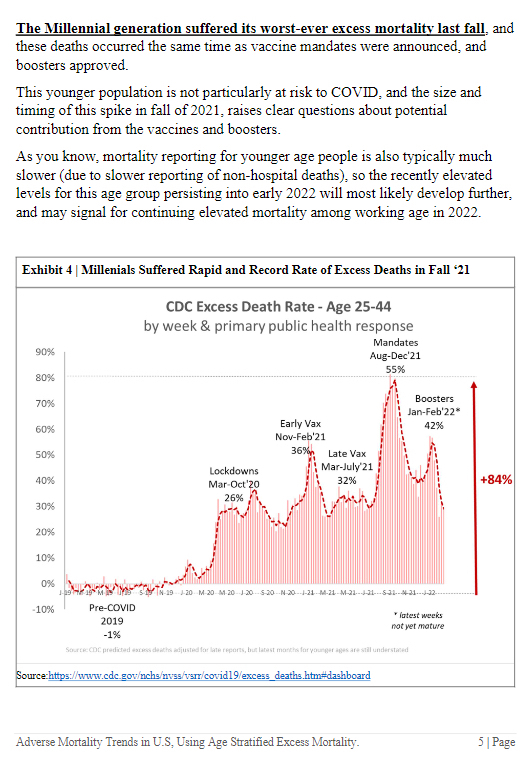There is no evidence that shielding benefited vulnerable people during the Covid pandemic, according to a study.
Swansea University compared 117,000 people shielding in Wales with the rest of the population of three million.
The study found deaths and healthcare usage were higher among shielding people than the general population.
The Welsh government said shielding was introduced on medical and scientific advice and it will continue to review evidence from the pandemic.
The study also found the Covid rate was higher among those shielding – 5.9% compared to 5.7%.
The researchers said the data raised questions about whether the policy worked.
http://archive.today/2023.04.24-112929/https://www.bbc.com/news/uk-wales-65358308
